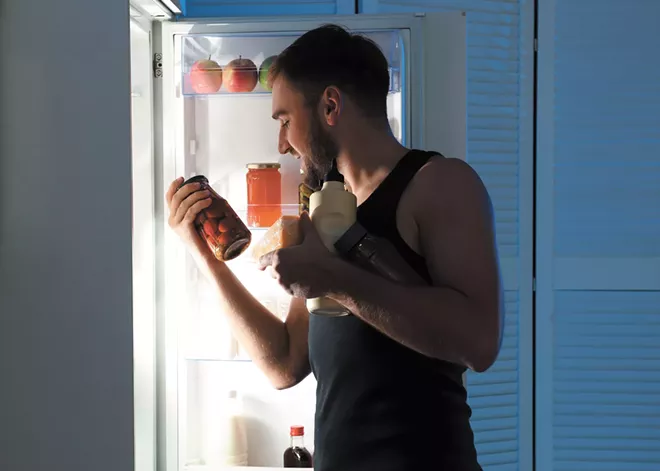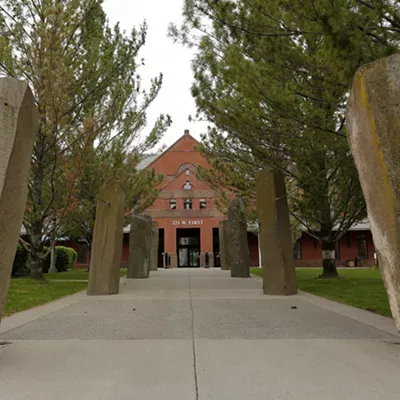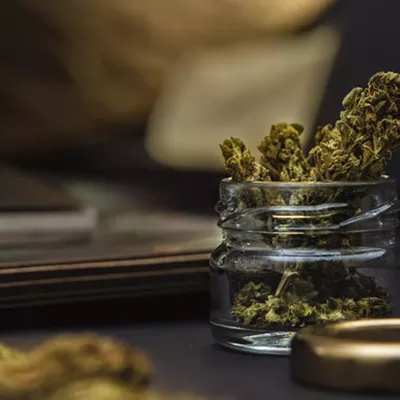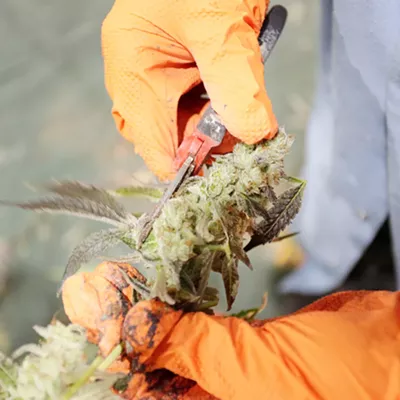The murky science behind stoned snacking is coming into focus thanks to a new study from Washington State University.
The study, published in December in the journal Scientific Reports, aimed to help expand our knowledge of a well-known effect of cannabis use: the munchies. Scientists at WSU, led by Jon Davis, assistant professor of neuroscience, exposed rats to cannabis, observed their food-seeking behavior and scanned their brains to learn what was causing it.
Unlike much other research into the effects of cannabis, Davis' team used vaporized cannabis flower as opposed to injectable THC. Essentially, they hot boxed the rats to better mimic human patterns of consumption.
"When we looked into the prevalence of cannabis use and what people were doing, the large majority, especially in the state of Washington, is flower use," Davis said in an interview.
After exposing the rats to the vaporized cannabis, Davis' team presented them with food. Obviously, the munchies kicked in. Their question was, why?
"Any animal is going to want to eat the palatable food. So they're already in a very high motivational state to get the food, no pun intended, but when you give them the cannabis, there's even additional neurons that were never active before," Davis said.
They then worked to turn off those specific neurons.
When they were deactivated, the rats did not display the same level of motivation for food after being exposed to cannabis. Knowing that, the team was able to determine that cannabis' impact on these specific hunger neurons is at least one of the factors behind the munchies.
Going forward, the hope is to utilize these findings to help people with anorexia or obesity.
"We can evaluate how fast these animals can eat. We can look in their brain, determine what comes on, what doesn't come on, and kind of triage. Say this strain over here, it's going to be like six or eight hours before you want to eat. Versus this one, you're going to want to eat in 30 minutes or an hour," Davis said.
Understanding which specific neurons are at play also lays a foundation for developing pharmaceutical treatments targeting those neurons.
"Who knows what the future looks like? But to me, that's at least two possibilities, right? One is to take the information and try to develop pharmaceuticals with it. The other is you just kind of help people that are already using [cannabis] no matter what but just trial-and-erroring it," Davis said. ♦




















